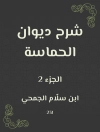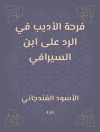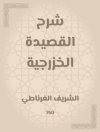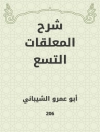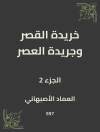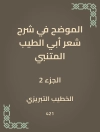Mrs. Barbauld’s ‘Eighteen Hundred and Eleven’ is a poignant and incisive critique of British society during the year 1811, providing a searing commentary on the political, social, and economic upheavals of the time. Written in a unique blend of prose and poetry, the book showcases Barbauld’s literary prowess and her ability to convey complex ideas with eloquence and depth. The work is deeply rooted in the Romantic literary tradition, offering readers a nuanced exploration of the tensions between progress and tradition, power and oppression. Barbauld’s sharp wit and keen observations make ‘Eighteen Hundred and Eleven’ a standout piece of political literature from the early 19th century. Mrs. Barbauld, a noted essayist, poet, and children’s author, was known for her progressive views and commitment to social reform. Her keen interest in politics and dedication to advocating for social change are evident in ‘Eighteen Hundred and Eleven’, making it a crucial read for anyone interested in the intersection of literature and politics. I highly recommend ‘Eighteen Hundred and Eleven’ to readers looking for a thought-provoking and insightful exploration of the political and social landscape of early 19th century Britain.
Mengenai Pengarang
Anna Laetitia Barbauld (née Aikin) was an eminent English poet, essayist, and children’s author who lived from 1743 to 1825. Mrs. Barbauld’s work is characterized by her advocacy for women’s education, her opposition to slavery, and her literary critique of British Imperialism. Her most notable work, ‘Eighteen Hundred and Eleven’ (1812), exemplifies the latter point; it is a poem that reflects on the state of the nation during the Napoleonic Wars. Through this piece, Mrs. Barbauld criticizes Britain’s role in the war and forecasts the decline of the British Empire, showcasing her politically charged writing and foresight. Her literary style often incorporated elements of Romanticism, and she was known for her lyrical poetry and thoughtful prose. Mrs. Barbauld was also a significant figure in children’s literature, writing seminal books such as ‘Hymns in Prose for Children’ (1781), which reflected her innovative approaches to education and literature. Her interdisciplinary influence can be observed in the way she interweaved literary art with social and political concerns, making her a respected intellectual voice of her time. Mrs. Barbauld’s contributions have since been recognized as part of the canon of 18th-century literature and continue to be studied for their insightful commentary and stylistic grace.



